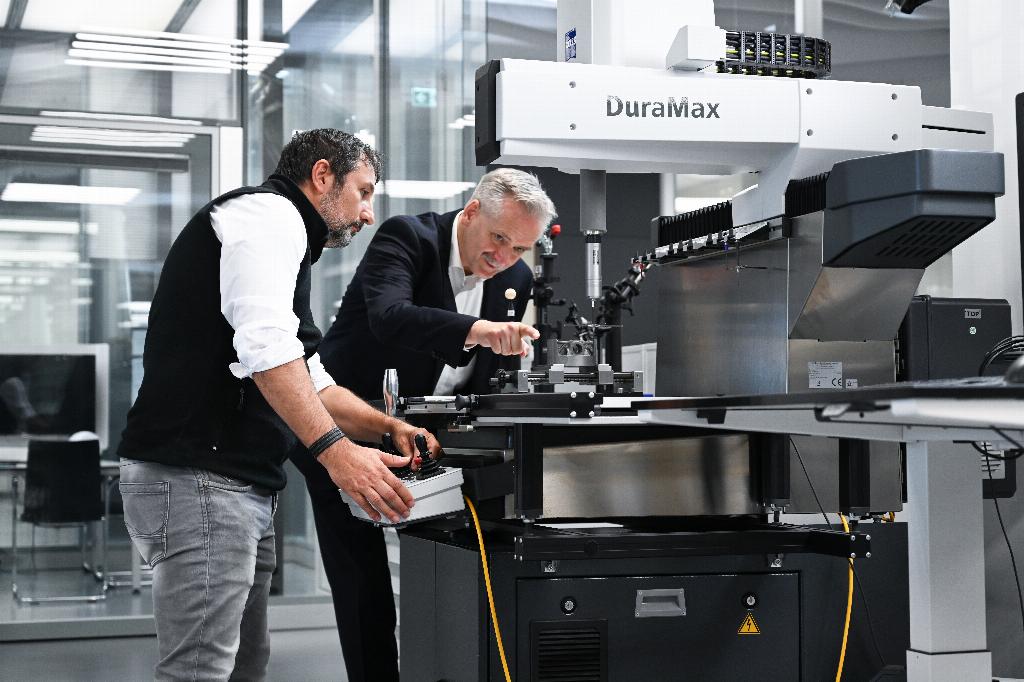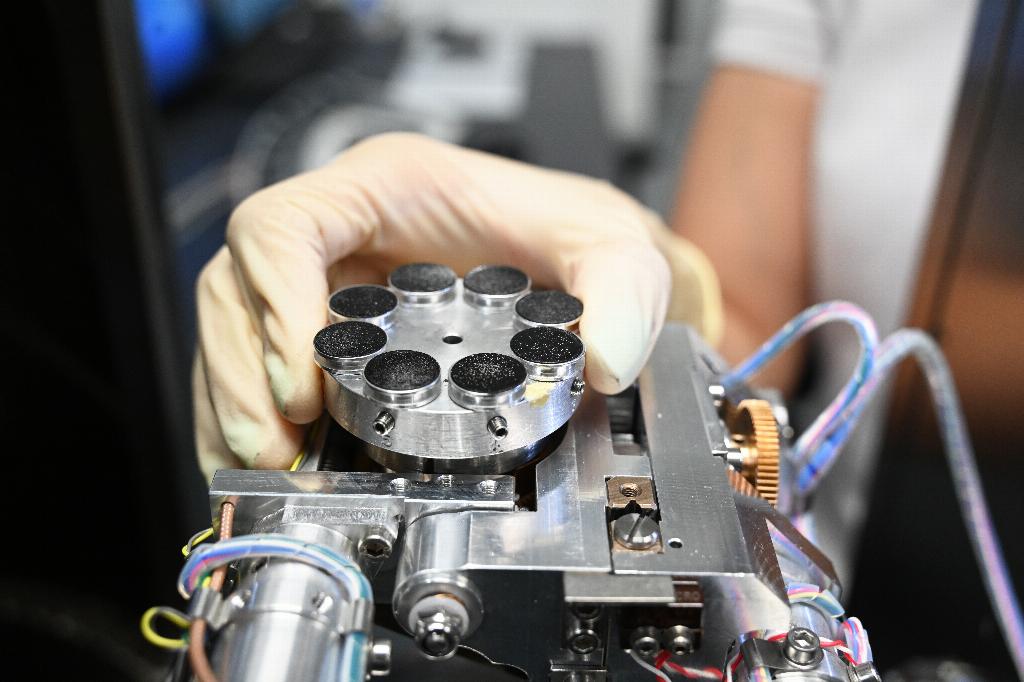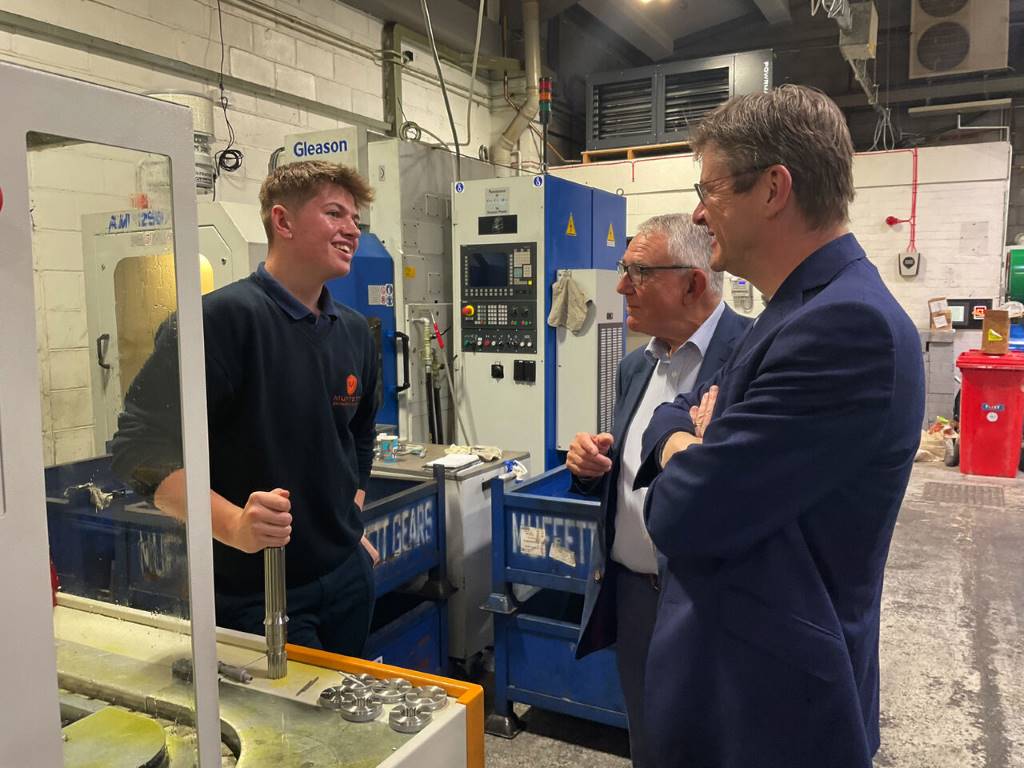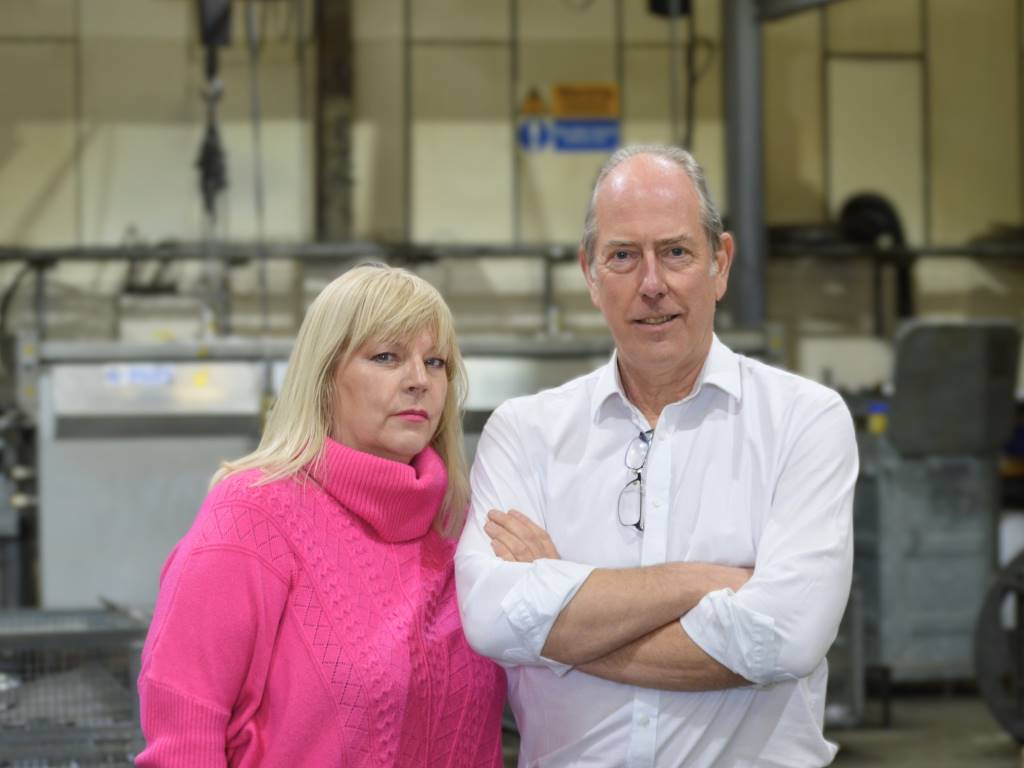Additively manufacturing pistons for the Porsche 911 GT2 RS

At Porsche, 3D printing technology is already being employed to manufacture components – but now, a joint project from Porsche, Mahle and Trumpf, in cooperation with Zeiss, has successfully 3D-printed highly stressed drive components for the first time, using generative processes to manufacture pistons for the high-performance engine of Porsche’s top-of-the-line 911 model: the GT2 RS. PES reports.
As in motorsport, the development and manufacture of automotive components is often a team effort. This particular project is led by Porsche with Mahle providing the know-how for the development and manufacture of drive components and additive manufacturing and Trumpf acting as the project‘s specialist for additive manufacturing systems, colloquially known as 3D printers.
Completing the team line-up – the quality and performance of the materials used and of the components produced is Zeiss’ responsibility. Quality assurance is essential across the many individual steps of the manufacturing process, from powder to finished component and to meet the specific requirements of this kind of manufacturing, a comprehensive quality assurance process was developed by Zeiss.

The goal of the project, apart from manufacturing the piston prototypes and improving the efficiency of the components, is to develop an additive manufacturing process capable of meeting the highest quality standards while remaining lean and cost-efficient to make series production possible. This process will ultimately be used for the manufacture of other components as well.
The additive manufacturing process
At the foundation of this manufacturing process is a metal powder made from a special alloy developed by Mahle. The powder is applied layer by layer inside a metal 3D printer from Trumpf and fused at selective points using a laser.
Over the course of 12 hours, 1,200 layers are applied to form the piston blanks. To ensure that the 3D printed pistons meet the exacting requirements, a comprehensive quality assessment is needed.
“With this piston material in particular, which had never been printed before, it was a challenge to generate the right component quality, but with Zeiss’ help we achieved all our objectives,” project lead Frank Ickinger from Porsche’s Advanced Powertrain division explains.

Optimising the design
A big advantage of this process is that it enables the creation of a novel bionic architecture. Topology optimisation is used to simulate the load paths and define a structure appropriate for the load. As such, the advance development project is able to achieve a 10% piston weight reduction compared to welded series pistons.
The 3D printed piston prototypes also feature an integrated cooling channel which wouldn’t be achievable with standard manufacturing methods: “With the new, lighter pistons we are able to increase engine speed, reduce thermal load and optimise combustion,” Mr Ickinger affirms.
From powder to performance components
The base material used to 3D print the pistons is a powder developed by Mahle – but not all powders are the same. The powder‘s particle size distribution, particle shape, chemical composition and porosity inside the powder particles are examples of properties which can influence component quality.
The fact that the powder‘s properties can change each time it is reused must be taken into account and deviations need to be detected in a manner that is appropriate for the production process. For example, if the powder‘s particle size distribution changes as a result of repeated use, the quality of the applied powder layer may be affected and porosity and/or other component defects may develop.
Light microscopes, scanning electron microscopes and X-ray computed tomography from Zeiss are used to analyse the quality of the powder before and after piston production, and the microstructure of the finished component is tested in order to identify defects or property characteristics.
Through further processing of the analysis data and additional evaluation processes, it is possible to determine optimised settings for printing. Successful print results must also go through a variety of post-processing steps to ensure that the material and component properties are optimal.

During process development for example, the component‘s structure can be inspected using specially equipped scanning electron microscopes or X-ray computed tomography before and after the heat treatment processes. To analyse the impact of individual production steps on the final quality of the component, an optical 3D scanner or industrial computed tomography is used in addition to a coordinate measuring machine.
The ability to seamless combine these procedures is a decisive factor. The pistons still on the print bed were scanned using a 3D scanner. Once they are removed from the bed, the individual production steps as well as the internal structures can be inspected using computed tomography while defect analysis is performed at the same time.
At the end, a final measurement is performed with the CMM. The core capability of Zeiss’ comprehensive quality assurance process is the linking of all data across the various analyses.
“All in all what we get in process development is a quality assurance process which is complete and interlinked across its various parts. From this, we are then able to obtain the information necessary for ensuring component quality and cost efficiencies in the future,” explains Dr Bernhard Wiedemann, director additive manufacturing process & control, Carl Zeiss Industrielle Messtechnik GmbH.
On the test bench
Now the 3D printed pistons head to the test stand and prove themselves in the GT2 RS engine. In a 200-hour endurance run, the components are subjected to 24 hours of high-speed driving, 135 hours of full load and 25 hours of towing load at various engine speeds, non-stop.

“If 3D printed components can withstand loads such as these, it is possible to conceive the 3D printing of many other automotive parts as well,” Mr Ickinger enthuses.
“Even though this was only a simulation, seeing the pistons work without any problems on the test stand makes me very proud,” adds Volker Schall, head of product design at Mahle International GmbH. “The results impressed everyone – not just the engineers involved – with all the pistons passing the demanding tests without a single failure. A clear sign that the quality assurance process is working.”
Pioneers of additive manufacturing
Additive manufacturing offers significant potential in automotive applications. Combustion engines for example, can be improved and made more environmentally-friendly. But there are also many opportunities to use these production methods in e-mobility as well.
“We‘ve really pushed the boundaries of additive manufacturing with this project,” says Dr Wiedemann regarding the collaboration with Porsche, Mahle and Trumpf. “We’ve not only achieved the desired result in terms of the manufacturing process, but all quality objectives have been met.”

Porsche’s Frank Ickinger concurs: “The result means a performance boost of up to 30hp is conceivable with the 700PS twin turbo engine and also higher levels of efficiency. The 3D printed high-performance piston project has been a total success.
“Additional design freedom, lightweight construction and functional integration combined with quality assurance from Zeiss – the entire team at Porsche is delighted. The project represents a milestone in the history of additive manufacturing at Porsche.”
Zeiss www.zeiss.co.uk













